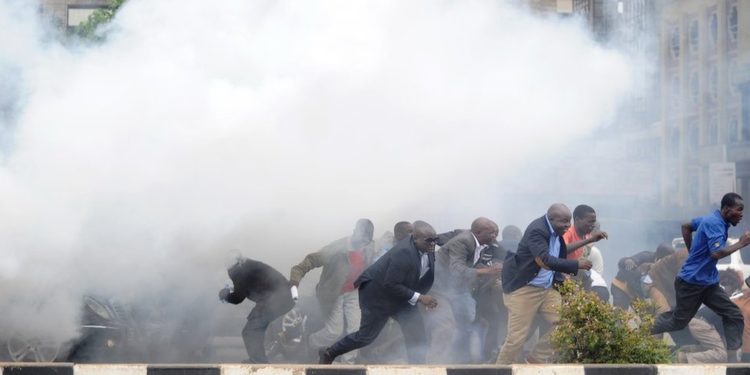As protests continue to sweep across the nation, it is crucial for participants to be aware of the significant respiratory challenges posed by exposure to tear gas. This chemical agent, commonly used for crowd control, can have severe and immediate impacts on the respiratory system, making it essential for protestors to take precautions to protect their health.
Immediate Respiratory Effects
Tear gas exposure can lead to acute respiratory distress, characterized by intense coughing, shortness of breath, and difficulty breathing. These symptoms can be particularly severe in individuals with pre-existing respiratory conditions such as asthma or chronic bronchitis. According to the Centers for Disease Control and Prevention (CDC), tear gas can cause inflammation and damage to the airways, resulting in a burning sensation in the throat and chest tightness.
Asthma and Respiratory Conditions
Individuals with asthma or other chronic respiratory issues are especially vulnerable. Tear gas can trigger severe asthma attacks, leading to potentially life-threatening situations. The American Lung Association warns that exposure to such irritants can exacerbate symptoms and necessitate emergency medical treatment. It is advised that those with respiratory conditions avoid areas where tear gas is likely to be used.
Long-term Respiratory Health
Repeated or prolonged exposure to tear gas can lead to chronic respiratory problems. The inflammation caused by the chemicals can result in lasting damage to lung tissue, increasing the risk of conditions like chronic bronchitis or pulmonary fibrosis. A study published in the National Institutes of Health (NIH) journal highlighted that chronic exposure to tear gas could result in persistent respiratory symptoms and reduced lung function over time.
Protection and Precautionary Measures
Given these risks, it is imperative for protestors to take steps to protect themselves. Wearing masks, such as those designed to filter out chemical agents, can reduce the inhalation of tear gas. Additionally, protestors should carry water or saline solution to rinse their eyes and face, helping to alleviate some of the immediate discomfort and mitigate the impact on their respiratory system.
In the event of exposure, moving to an area with fresh air is crucial. The CDC recommends removing contaminated clothing and washing exposed skin thoroughly with soap and water. Seeking medical attention for severe symptoms, especially for those with underlying health conditions, is strongly advised.


















